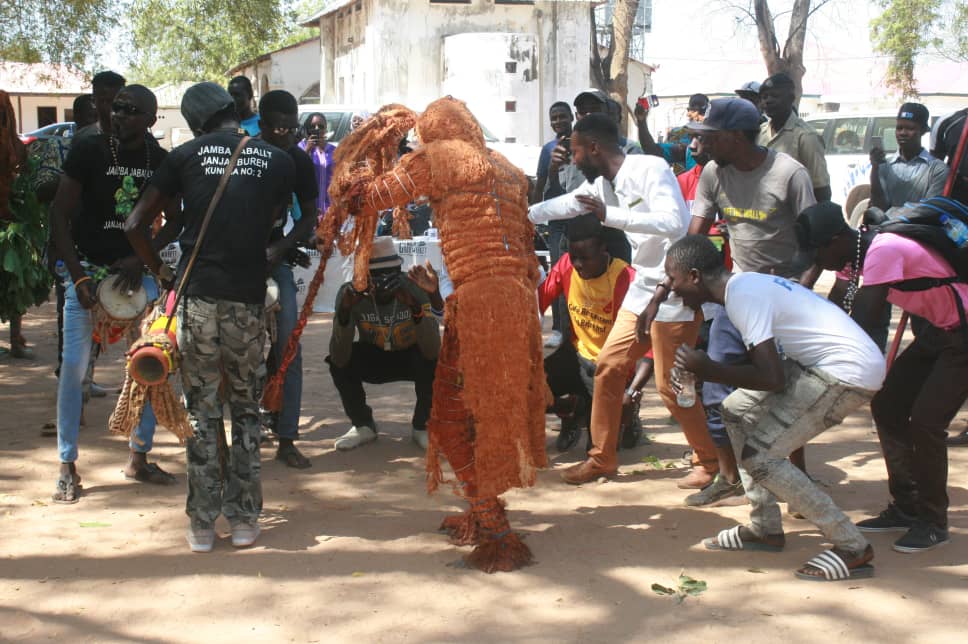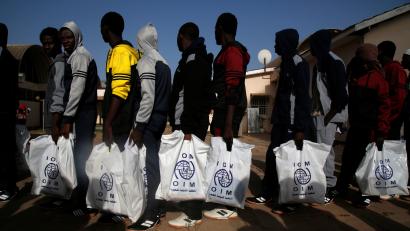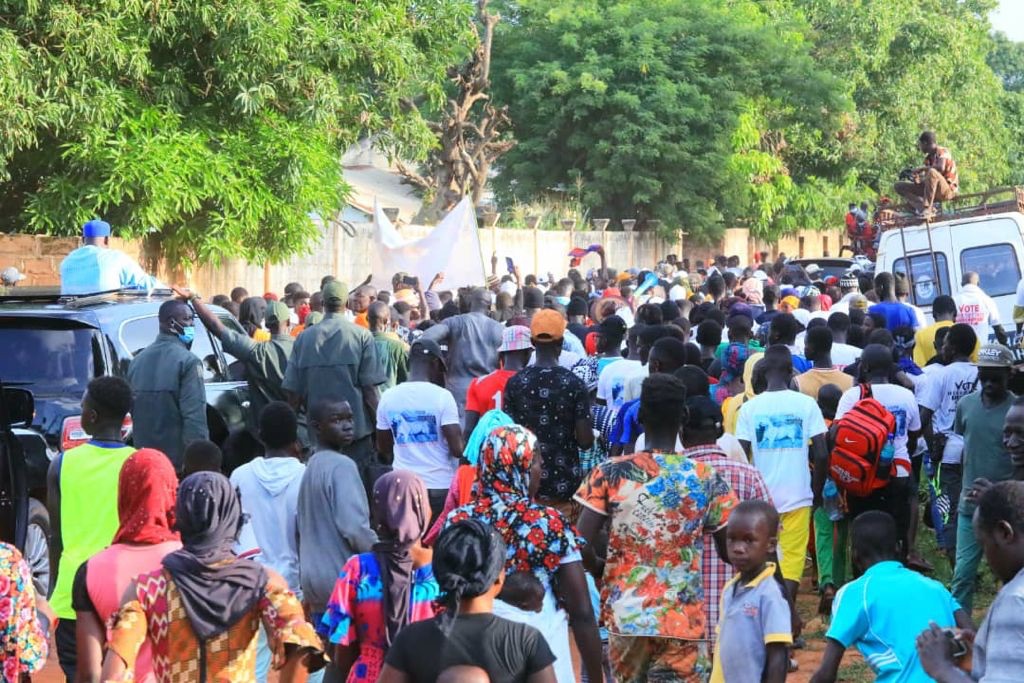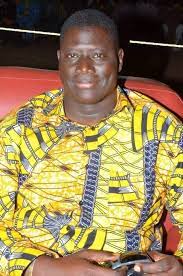By Yunus S Saliu
One of the listed 43 cultural expressions and practices by UNESCO as ‘Masterpiece of the Oral and Intangible Heritage of Humanity’ in 2005 is Kankurang and it is refers to a family of Mandika masquerades that are covered from head to mid-calf or head to toe with bark, leaves or a mixture of bark and leaves.
This recognition, according to Hassoum Ceesay, Director General of National Centre for Arts and Culture (NCAC) also a historian, attests to the importance and value of the tradition and the need to safeguard the Kankurang for posterity.
“Kankurang” he said, “is a masterpiece of the oral and intangible heritage of humanity.”
As cited in the UNESCO Proclamation, the Director General quoted: “the Kankurang is a factor contributing to social cohesion and to the transmission and teaching of a complex collection of know-how and practices underpinning Manding cultural identity, which is guarded by the initiates. The period of the (initiation ceremony and rituals) is the time when young circumcised youth learn the rules of behavior for the cohesion of the group, the specific nature of their community, the secrets of plants and their medicinal values, and hunting techniques. This practice has been perpetuated in the pure tradition of this area of Senegal and Gambia.”
Knowing more about Kankurang, a round tour of Kankurang Museum Centre in Janjanbureh as explained by Musa Foon – museum attendants, there are different types of Kankurang and its functions and costumes are varies as per the type but all Kankurang are generally associated with the spirit world – ‘furulung,’ and it is a male dominated world where women and uncircumcised youths are excluded. And it is considered “dishonorable to reveal the Kankurang’s identity, or for it to talk in public, engage in physical fight, or accidentally fall on the ground while performing.
As can see in the Kankurang Museum Centre, the most common types of Kankurang include Jamba Kankurang; Faraa Kankurang otherwise called Wuleng Wulengo or being referred to as the mythical Ifangbodi; Jamba Jabally Kankurang. Still, there are many other Mandika masquerade traditions which are referred to as Kankurang which include the Wuri Kankurang; Mamoo; Korsay; Demba Ning Nyako and Senko.
According to information from the knowledgeable elders, Fita Kankurang also known as Kunsutung; Wuleng Wulengo (Ifangbondi) and Jamba Jabally are the three original Kankurangs that came from Manding. “The others are mere imitations of the original three with the costumes varying from district to district, using materials that are locally available for costumes,” historian disclosed.

Ifangbondi
However, among the three original Kankurangs from Manding, Faraa Kankurang otherwise called Wuleng Wulengo or the mythical Ifangbodi is known to be ‘The Flying Kankurang.’ Its entire costume is made out of jaffo, while the Kankurang chews the shredded bark of the ‘camel foot tree’ while roaming.
“Traditionally, the Ifangbondi is seen during initiation periods or at emergencies, such as food poising or killings in the village,” Musa Foon, the Museum attendant explained.
More so, its main function is to enforce discipline and drive away witches and other evil spirits and when it is out and about, women are not allowed out, “but this social restriction is changing” compared to the period of our forefathers.
A further explanation by historian Ceesay informed that Ifangbodi in Mandinka translates as ‘self-dressed.’ This means a Kankurang that dresses itself.
“The mysterious mask is dressed in jaffo/bark covering the whole body. It is believed to be a flying Kankurang because of its rapid movements which are accompanied by terrifying and vibrating screams. This mysterious mask move alone carrying two sharp machetes which he strikes against each other making piercing noises. Drums are never allowed during its appearances. And it worth knowing that it is common to see it reposing on branches of towering trees in the outskirts of the village during the day, but it is more often heard in the night while protecting initiates – circumcised children, against evil spirits,” he noted.
Above all, Ifangbondi is a product of the knowledge of the occult powers inherited from the power associations of the past.

Mystery
Detailing how mysterious and powerful it is, Hassoum Ceesay explained “according to oral tradition, Ifangbondi made its first appearance in colonial Portuguese Guinea before the war of independence in the early 1950s. The repressive colonial authorities issued summon to the community of Mansabang Village, in the northern region of Oio (Woi) to arraign their Kankurang before a magistrate’s court to answer to a charge of homicide. The Kankurang was reported to have beaten a woman to death during a respite from a ceremony.
“The story goes that during a circumcision ceremony in Mansabang village one of the Kankurangs went into a compound to take a short break. The kankurang took off his costume and was recognized by a peeping woman who expressed surprise that it was her own brother wearing the mask. Angered by her sister’s curiosity and revelation of his identity, the Kankurang subjected her to a serious beating which eventually led to her death. Although the killing was witnessed by many, no one had the courage to reveal the identity of the Kankurang to the colonial authorities. It was common knowledge that to do so would violate the traditional rules which bind the society to an oath of secrecy.”
Faced with this conundrum on the judgment day, a humble little man called Arafang Kandeh Touray offered help by asking the elders to bring him some jaffo/bark and two machetes which he placed in the centre of the courtroom facing the magistrate.
“When the magistrate requested the presence of the accused, the elders told him the Kankurang is not a human being and they could neither name him nor reveal his identity. Soon after, a whirlwind entered the courtroom and went directly under the jaffo and two machetes, spun them around, and sprang up as a fully dressed Kankurang clanking his machetes. Everybody was terrified and the crowd fled in chaos and confusion, leaving the perplexed magistrate on his seat.
“The Kankurang proceeded to beat up the magistrate until he was able to flee in his vehicle. The Kankurang was, however, faster and overcame the vehicle forcing them to go to the magistrate’s residence where he was again subjected to severe beating with his wife included,” he narrated further.
Although their lives were spared but with a clear message and a bitter lesson not to ever again interfere with the cultural practices of their subjects.
However, the term ‘Kankurang’ is a combination of the Mandika words ‘kango’ and ‘kurango’ which literally translate as ‘voice’ and ‘enforce,’ respectively. Thus, the term could be said to refer to the empowerment of the voice in order to enforce the rules set by members of Mandinka society.’





